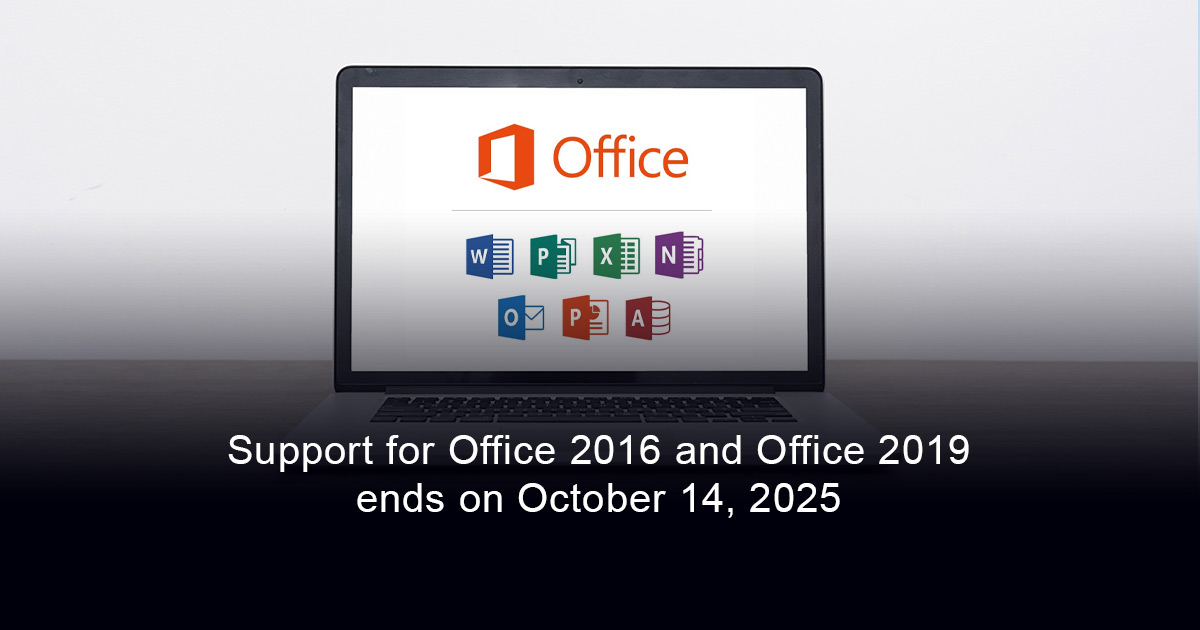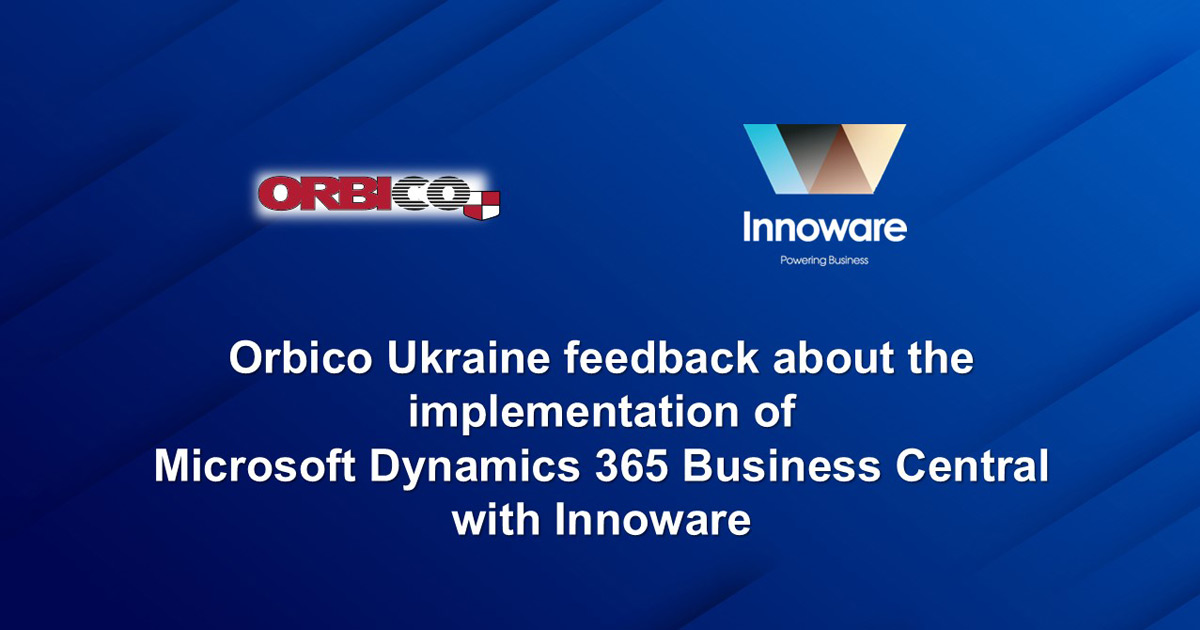
ERP system implementation: how to go through this way and not to get lost
The philosophy of ERP (Enterprise Resource Planning) is to build a unified technological and informational environment for managing business processes and enterprise resources, regardless of the territorial and functional place of their implementation or location; implies the availability of tools for all primary documents and operations dynamic accounting, ideally – in their origin places, as well as their analytical processing in order to make management decisions and further data spread between company’s departments and employees.
An important aspect is the creation of a “single” information space to avoid the need to enter data into different systems, reduce the information systems ownership cost and reduce the number of errors in data entry / processing.

In my opinion, any business is very similar to alive organism and here you can draw an analogy with the human body. The ERP system is the circulatory system of the enterprise, it fills all the components of the business with oxygen and everything necessary (gives additional energy and opportunities), and is the first to react to changes; helps to identify and fight against “viruses and bacteria” that can affect the business both from the inside (internal misuse and employees’ mistakes, ineffective resources, fixed assets management, etc.) and from the outside (delivery delays, poor received materials / goods / services quality, large accounts receivable, etc.).
I want to note right away that any ERP is a powerful tool for business development in the company’s top management skillful hands, but not easy – you need to learn how to operate the data and the system. Whether it is necessary to react to the signals given by the ERP system, and how to react, is decided by the company’s governing body.
Modern technologies can inspire people to new ideas, open new opportunities and horizons, but with all this, people do business, and this is a fact. None of the ERP systems can autonomously (without human intervention) manage and develop an enterprise.
For today, ERP (Enterprise Resource Planning) system implementation is both a bright hope and a terrible fear of any enterprise. It is not a secret that successful implementations statistics is completely disappointing. Every year there is information about multi-million-dollar implementation projects that ended up in failure and the point is not in any supplier or system.
Although their choice should be attributed very thoroughly and assess not only the current advantages, but also the system functionality possibilities of development / expanding in the future (will the ERP system over time be able to meet the needs of a growing organism (business) and develop / transform along with it).
In my previous articles: «Microsoft Dynamics AХ update: when to decide, whether the efforts are justified and how to evaluate it» and «The modern CFO as a subject of digital reality», I have already shared information about which ERP systems are leading in the global market and on the example of the Microsoft Dynamics 365 line of solutions (Microsoft Dynamics 365 Finance, Microsoft Dynamics 365 Supply Chain Management, Microsoft Dynamics 365 Busines Central, Microsoft Dynamics 365 Customer Engagement etc.),
looked at the benefits of ERP solutions to businesses that use them today, and how the modern technologies that Microsoft offers can drive business growth in the future.
Today I would like to dwell on what factors, both internal and external, affect the implementation process from the point of view of its organization, regardless of what specific ERP system we are talking about.
The basic thing I want to start with is a preliminary assessment of the overall enterprise’s readiness for the ERP system implementation. Implementation is a very laborious process that requires serious time and financial costs, implies active regular top management involvement in the project, requires serious methodological training, personnel adaptation to work in the system, leads to a number of important changes that affect not only individual business-processes, but business in general.
To weigh your strengths and desires sanely – this is the first and most important decision that the company’s management must make before starting an implementation project. It is the decision and the unity of the people who make it, that will continue to influence the project entire course to a significant extent.
The key task of the performer (contractor) at this moment is to build Customer’s sound expectations; frankly and honestly show all possible nuances, risks, as well as tools for managing them. There are always solutions, the main thing is that all parties of the project team (Client and Contractor) should be ready to find and accept them.
If we return to the analogy with the circulatory system, then before a new “heart valve” (ERP system) installing, you should:
- Calmly listen to the doctor’s (contractor’s) recommendations, decide whether you trust him or not;
- Following the doctor’s recommendations to prepare the body (enterprise and team) for changes (some companies need more than one month for this);
- Be patient, both for the implementation period and a new system launch, since a company, as well as a person, needs time to adapt and use the new “valve” correctly.
Let us now plunge into the details and consider other important factors that will guarantee the ERP system implementation success in any company, regardless of its size, industry, and region.
- The Customer’s top management unity in the vision of the company’s development strategy. There is an understanding of where the company is now, what it is striving for in the future, what constraints may be and what opportunities the EPR system introduction will give.
- High professional level of the external team consultants involved in the implementation project, and as a result – the customer’s top management’s trust to the team of specialists implementing the project.
- Availability of a detailed work schedule, which will display the entire list of tasks (scope) that must be completed by all project participants (Customer and Contractor) at all stages of implementation (from requirements analysis to launch); the priority and sequence of tasks, as well as the duration of their implementation and the estimated budget are determined. This exact schedule will be a single roadmap for the entire implementation team (Customer and Contractor), which will allow them to jointly achieve a common goal.
- Active involvement of the customer company’s top management at all stages of the ERP project implementation. Mandatory Steering Committees attendance, where the status of the project, deviations, and ways to eliminate them will be regularly discussed. This will allow management to be able to feel the situation and quickly make corrective decisions.
- Scrupulous adherence to the project methodology, project documentation maintenance (mandatory availability of design documents, test scenarios for each business process which is included in the project scope; specifications / terms of reference for development, development rules, etc.) change and development management (the availability of tools for managing files and code versions; modifications registration, their transfer between applications, etc.). Thanks to this, after launching, the enterprise will not receive a “black ERP box”, which is not clear how it works, but a ready-made structure and knowledge base that will allow us to successfully maintain and develop system in the future; easy to train new employees. There will be no need to be afraid that when an employee leaves the company, knowledge about how the system works will be lost.
- Customer’s key users’ competence, who fully possess information about their business process (organization, strengths, and weaknesses, who is responsible for what, what key problems are) and the strategic goals of its development; have the authority to make decisions within their business process and manage the priority of their employees’ tasks.
- Regular all employees of the Customer’s company informing about project goals, timing, and current status. The ERP system implementation changes not only the technologies, but the company’s culture. For the implementation to be successful, it is necessary not only to implement the project, but also to adapt the personnel of the Customer’s company to the new system, which should become an effective tool for their work, and there are many psychological and administrative issues which the manager needs to be ready for.
- Refusal to maintain parallel accounting in several systems (old and new). Maintaining two systems (old and new) in parallel significantly slows down the adaptation of personnel to the new system, reduces the effect of its implementation, and also requires additional human efforts, which very often manifests itself in the emergence of dissatisfaction / conflicts within the enterprise, which can negate many of the implementing a new management system benefit.
The 2020 of its best, showed that companies that invested in advance in the ERP implementation turned out to be better prepared to work in a rapidly changing market environment than their less technologically advanced competitors.
Most of our clients coped with the challenges of 2020 and, despite the current difficult situation, continue to actively develop their business.
The world won’t be the same again.
The ERP system implementation is perhaps one of the most correct decisions that you, as a manager or shareholder, can make right now!
INNOWARE USA
501 Silverside Rd, Ste 105, # 4995,
Wilmington, Delaware, 19809-1376,
United States
Tel.: +1(302)4672024
E-mail: info@innoware.com
Local Contact – United Arab Emirates
Dubai
Tel.: +971588894591
E-mail: info@innoware.ae
INNOWARE UKRAINE
3, Sholudenka Str., office 204 (Cubic BC)
Kyiv, Ukraine, 04116
Tel.: +380(44)4902220
E-mail: info@innoware.com



